Got a challenge you need to be solved? Having difficulty coming up with new ideas to solve it? Applying design thinking and ideation principles in a group-think environment just might be the answer!
Just what is Design Thinking?
Design thinking is a way of creatively solving challenges using materials in a set timeframe. Importantly, there are three steps involved
- Identifying; what the actual problem is that you’re trying to solve?
- Ideation; coming up a large array of ideas that could solve the problem
- Iteration; prototyping and testing multiple ideas, getting ever closer to the solution
Identifying the problem
Think about challenges your students have had and how they have tackled them in the past. Sometimes they will have a very clear idea of what needs to be solved, other times this idea is more vague. Even if students think they know the problem that needs to be solved, is it the right problem? Knowing the actual problem students face helps students focus their energies on what is most important to solve first. This very much works across staff as well!
Example
The students have put in a garden as part of a unit on food sustainability and eco-friendly gardening. Despite their best efforts, the students find that a particular plant bed consistently produces poor quality vegetables with one of the fruit trees dying quickly no matter how much water or fertiliser is applied. The students think that the cause might be soil itself and so begin to remove the soil, however on doing so, they find that water begins seeping up out of the ground as soon as they remove the topsoil. The teacher speaks with the grounds assistant who finds that the actual cause is a broken pipe that runs underneath the fruit trees. Once the pipe is fixed, the students change the depth of the garden beds and plant vegetables with shallow roots.
Ideating potential ideas
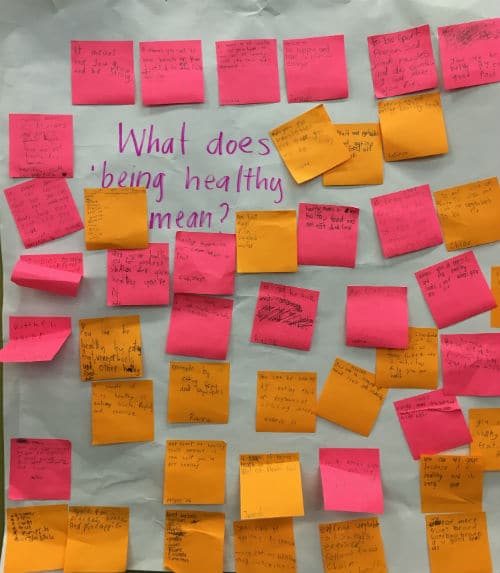
Student’s brainstorming during a healthy living unit of work
In simple terms, ideation, as the name suggests, is about ideas. If you’ve identified the problem that needs to be addressed, having only a couple of ideas to solve that problem may not produce the groundbreaking idea that you’re after. Time for a massive brainstorm using post-it notes and butcher’s paper! Give each person a handful of Post-it notes and a pen and have them gather around butcher’s which has the problem to solved clearly written in the middle. The brainstorming works by each person writing their ideas on post-it notes, calling out what is written and then placing the ideas on the butcher’s paper.
However, there are few rules that need to be put in place for that brainstorming to make this effective:
-
No negativity.
You’re not allowed to say ‘Yeah, but…’
Essentially, if you tell someone that their idea will not work, chances are that they will no longer contribute to the ideation process and in doing so you’ve now lost a person who could have contributed a brilliant idea later in the brainstorming. Put simply, do not let people shut other people down… it is counterproductive and achieves very little. -
No long stories.
A brainstorming session isn’t the time when you should rattle on for 5 minutes about why an idea is great. Having to pause and listen to that story slows down the brainstorming process and means that ideas that might bubble up in people’s minds could easily be lost whilst they politely wait for you to finish your story. Get to the point; say your idea quickly, put it on a post-it note and place it on some butcher’s paper to revisit & evaluate later.
-
Get a little weird!
Seriously. Usually, the first 10 or so ideas to solve a given problem are rather predictable and often mundane. Definitely put these ideas down but they’re not likely to be the only solutions to your problem. Importantly, if you stop with just the easy solutions you’re possibly missing a groundbreaking idea that could have been generated if you dug a little deeper. Allow even ridiculous ideas to be suggested (remember, no negativity allowed). Once people hear the ridiculous suggestions, it gives everyone the opportunity to build upon those ideas constructively to come up with unique solutions that might have not have come up otherwise. This means that if someone thinks that teaching in a clown suit is a great idea or that your school should create a space program that will rival SpaceX, let them put that down in the brainstorm! Don’t stifle creative thinking, it is more important that outlandish ideas get raised at this point; someone might combine a crazy idea with a workable one during the brainstorm that produces an amazing result.
-
For once, ignore the budget
Now is not the time to be constrained. Sure, schools don’t have huge budgets and eventually you have to choose feasible ideas from a realistic budget … but, now is not the time to tell them why things are not possible. If someone suggests that you could set up a science gallery at your school or that the entire school should go on a field trip to the Galapagos Islands, let them put those ideas down. Your initial thoughts that these ideas will not be possible might very well be proved wrong if during the brainstorming someone suggests a potential partnership with a local business that could sponsor that project. Put simply, don’t let perceptions of scarcity cloud your ideas of what is possible… someone just might solve this problem and suddenly what was previously impossible is now being done for real.
-
The more ideas the better
Don’t be satisfied with just 10 ideas. Don’t even settle for 30 ideas. If you truly want transformational change you need to push the group to come up with 70+ ideas at least (even better if you can get to 100). Sure, most of these ideas might be completely unworkable, but let those ideas flow as in amongst the 70-100 ideas will be a solution that will work.
Once the brainstorming has concluded and you have 100 ideas, you aren’t finished yet! Which idea are you going to implement? How are you going to implement it? As a group, you need to choose which idea is the most feasible to be pursued and from there you then do another brainstorm about all the ideas that could make that idea a reality.
Example
During a brainstorm, the students have chosen that they would like to focus on building a science museum in their school to showcase what they have learned. The students now sit down and brainstorm all of the ways that this science museum could be implemented. After coming up with 50 ideas for implementation (including fundraising ideas as well as signage, marketing and colour schemes), they decide that a spare demountable classroom could be converted into a simple museum with the help of parents. Their next step is to create a prototype of this museum on paper for the first iteration.
Iteration & Implementation
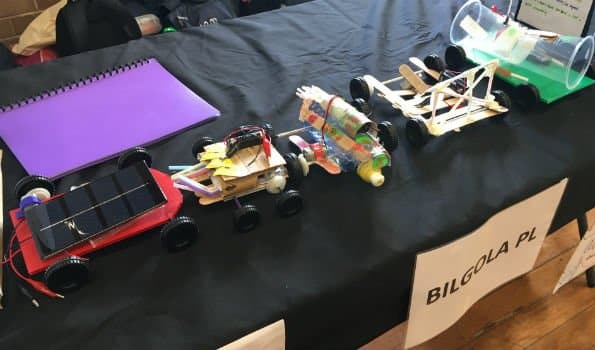
Powered car ideas by students at Bilgola Public School
Ideas are fantastic, but it is only when you create a working prototype that your ideas become a reality. Importantly, it is highly unlikely that your first working prototype will be the best way to solve your problem. As a group, you need to create a minimum viable working version of your idea and see what works and what doesn’t. The iterative process then requires you to identify components of your design that need tweaking and then you implement the change needed. Iteration and implementation, therefore, is an ongoing circular process, whereby the next evolution of your idea is better than the previous one… but there is always room for improvement!
Ideation and design thinking can truly make STEM in your school shine. The more time you can put around training your students to brainstorm productively and then creatively implement solutions, the richer their learning will become and the better prepared they will be for solving challenges outside of the school environment. Our job as educators is to give students the collaborative & technical skills to make their ideas happen… and to occasionally give them the latitude & structure to try on wild ideas that just might make a massive difference that no one ever expected!
Happy teaching,

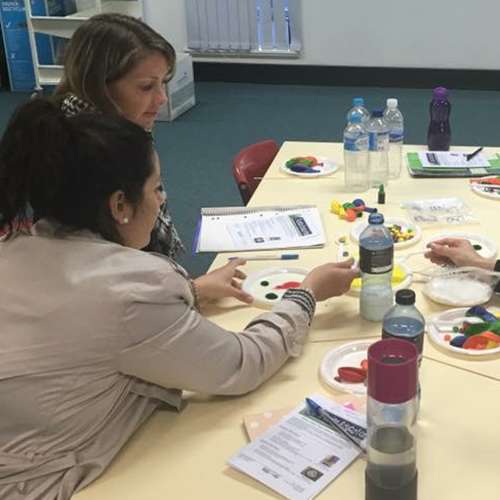
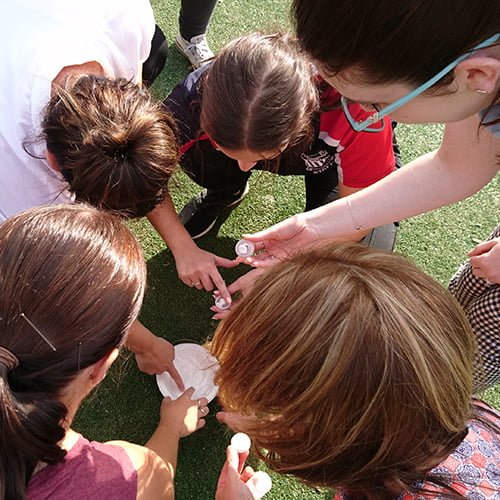

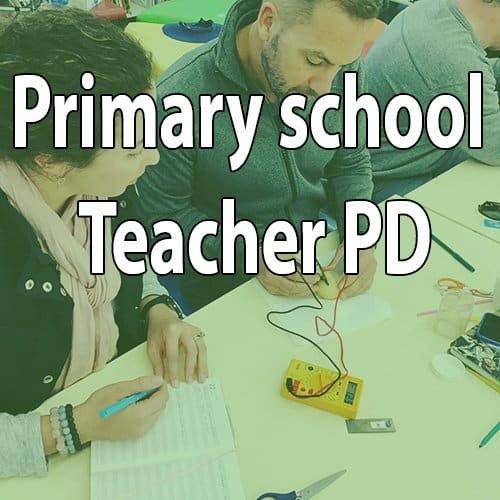



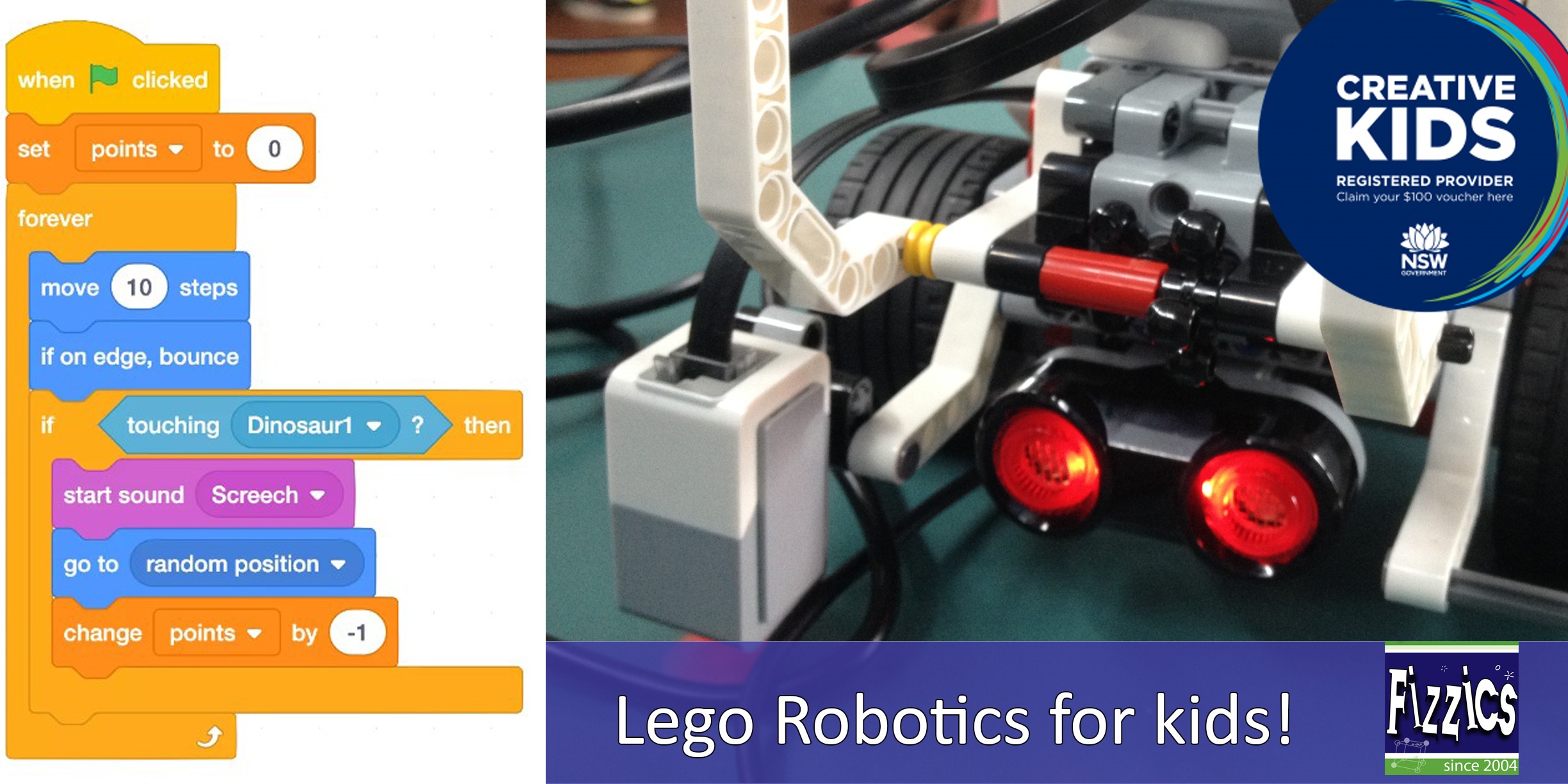
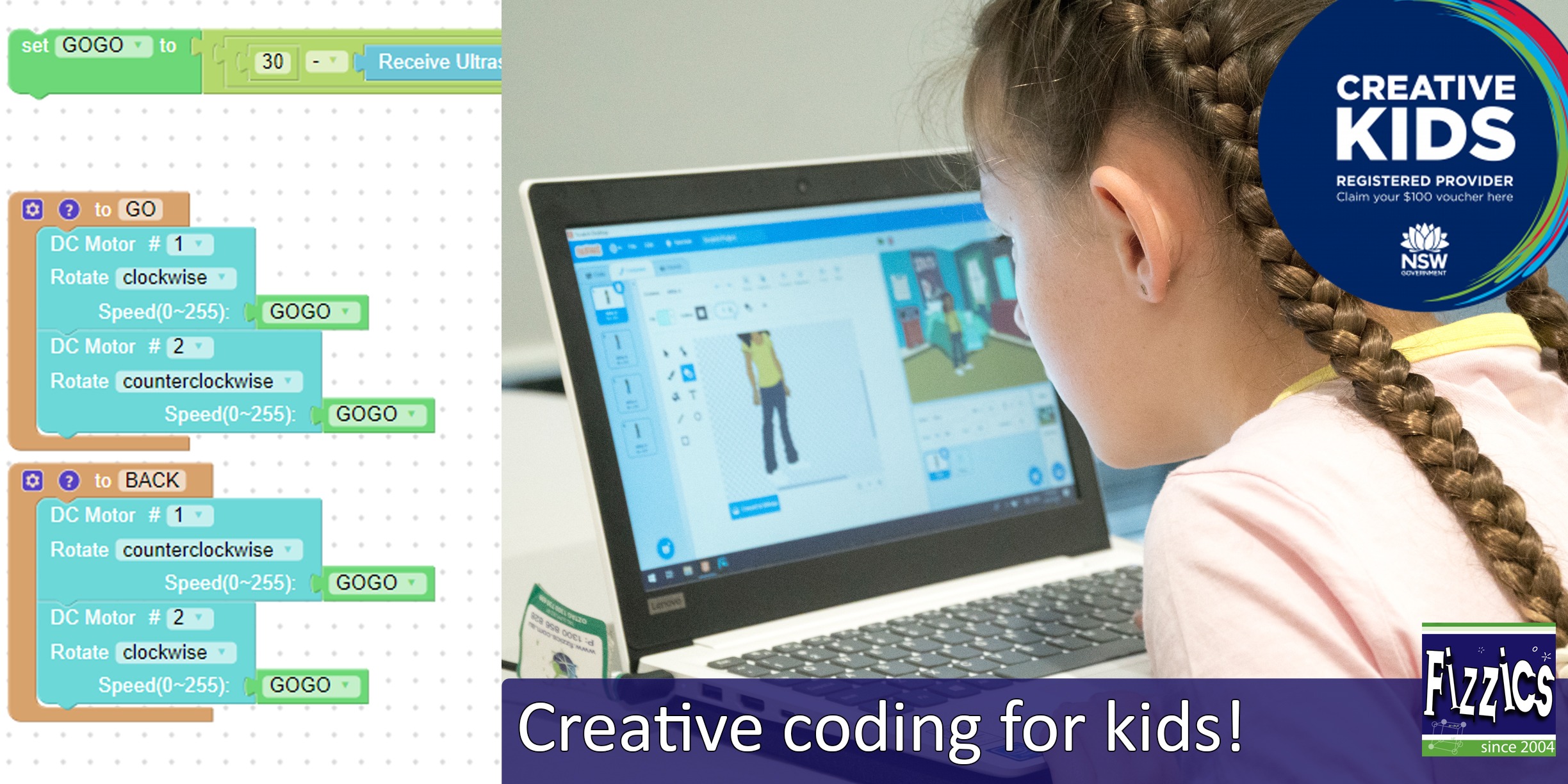
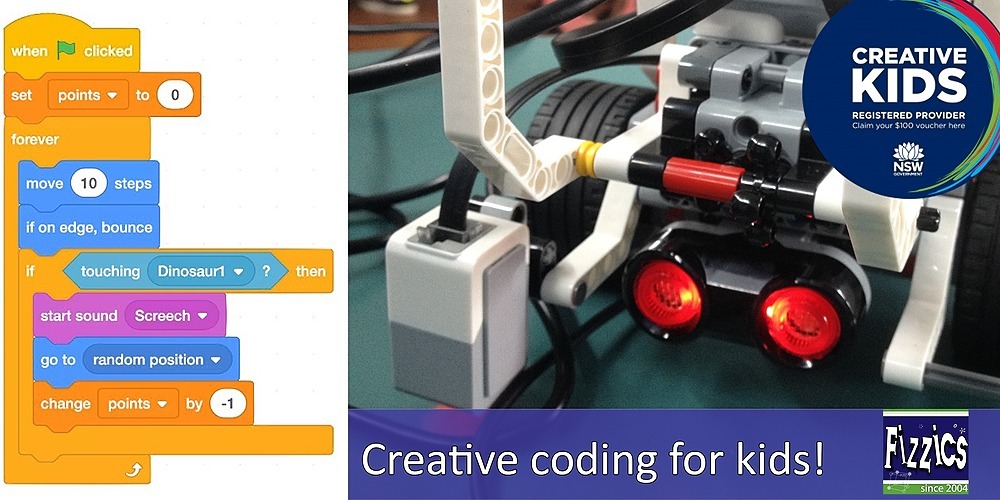





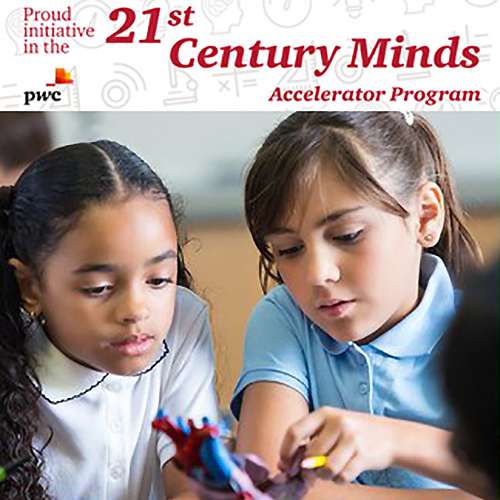
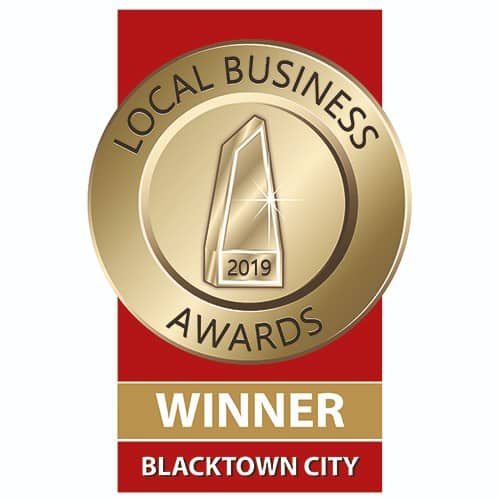










Comments